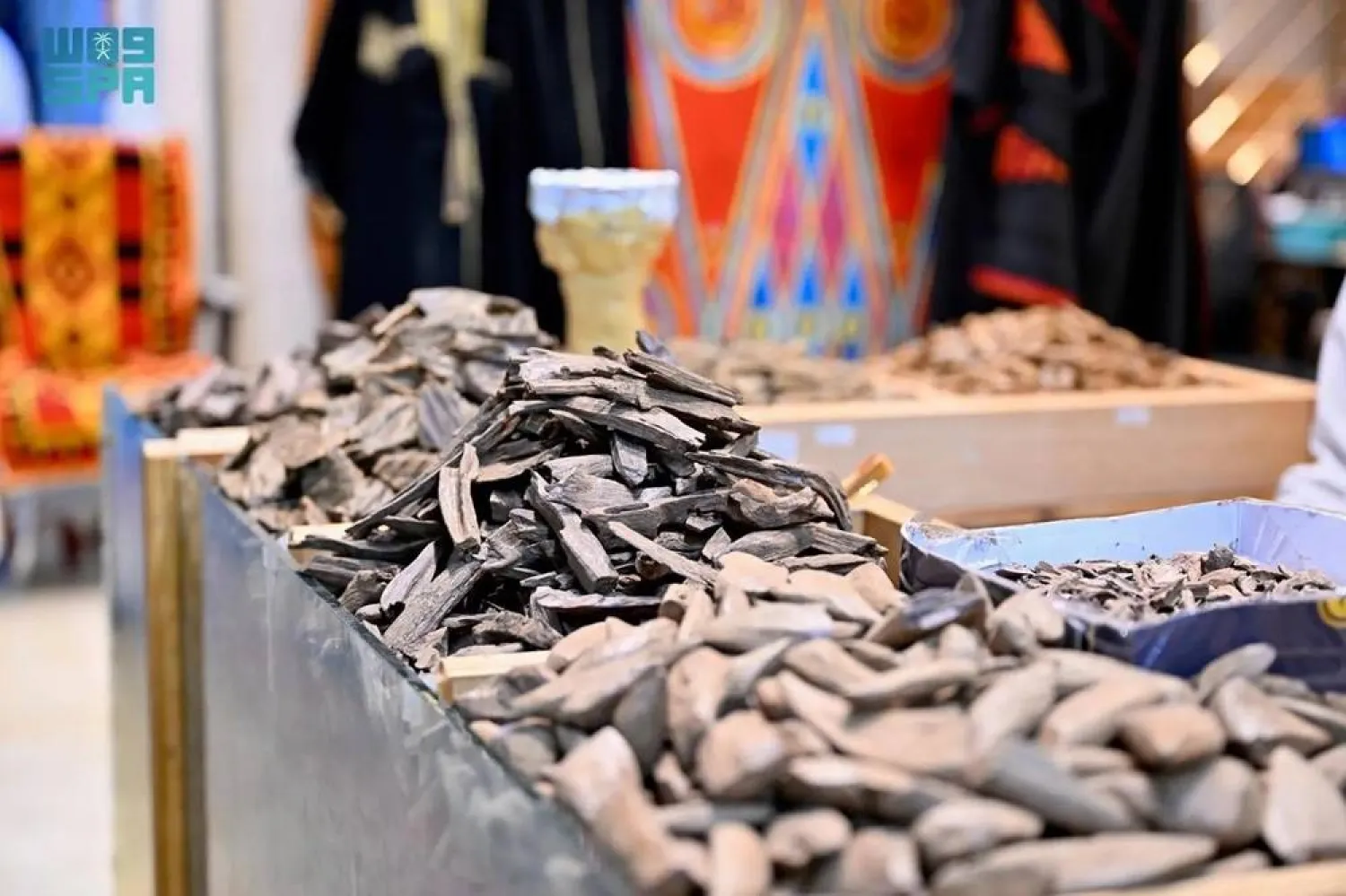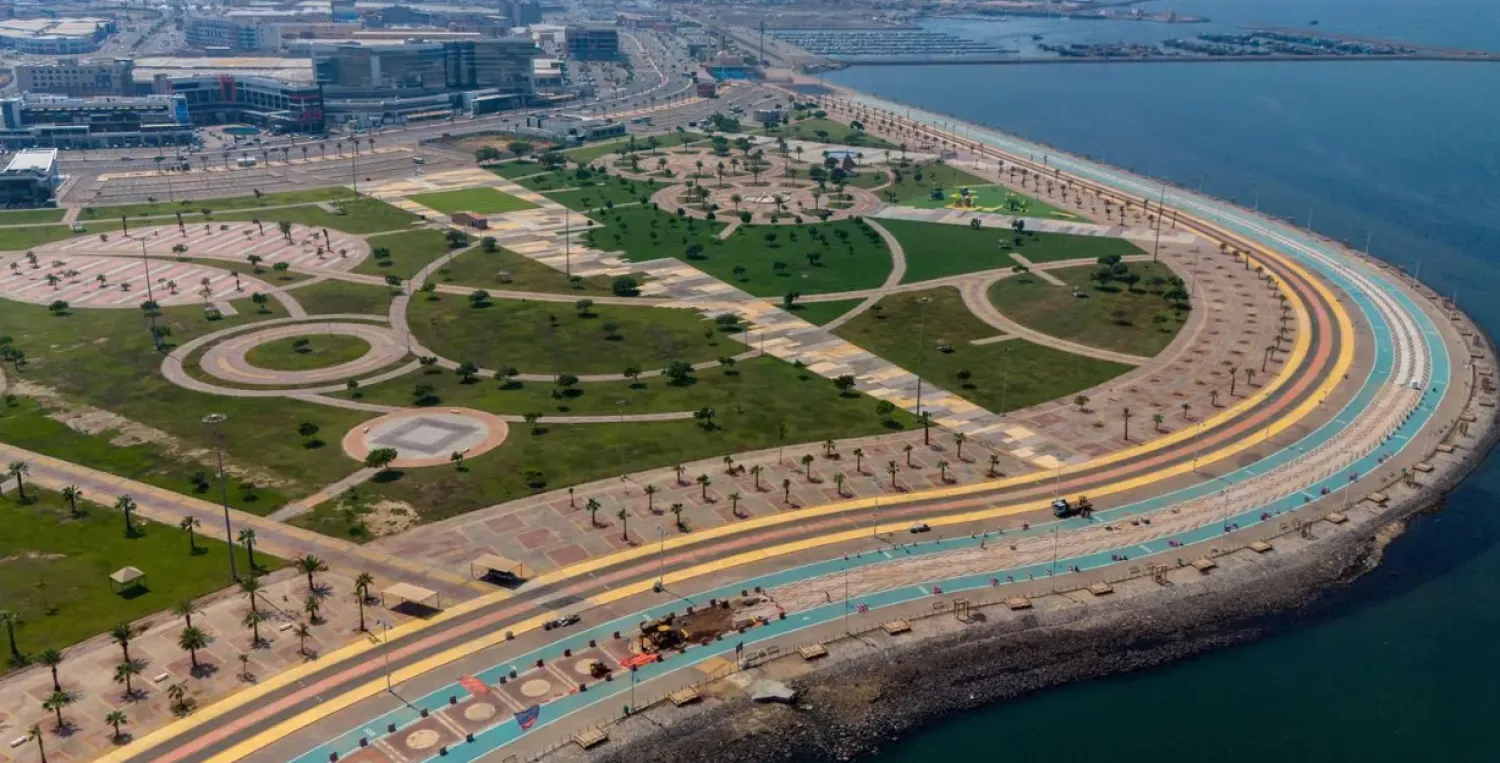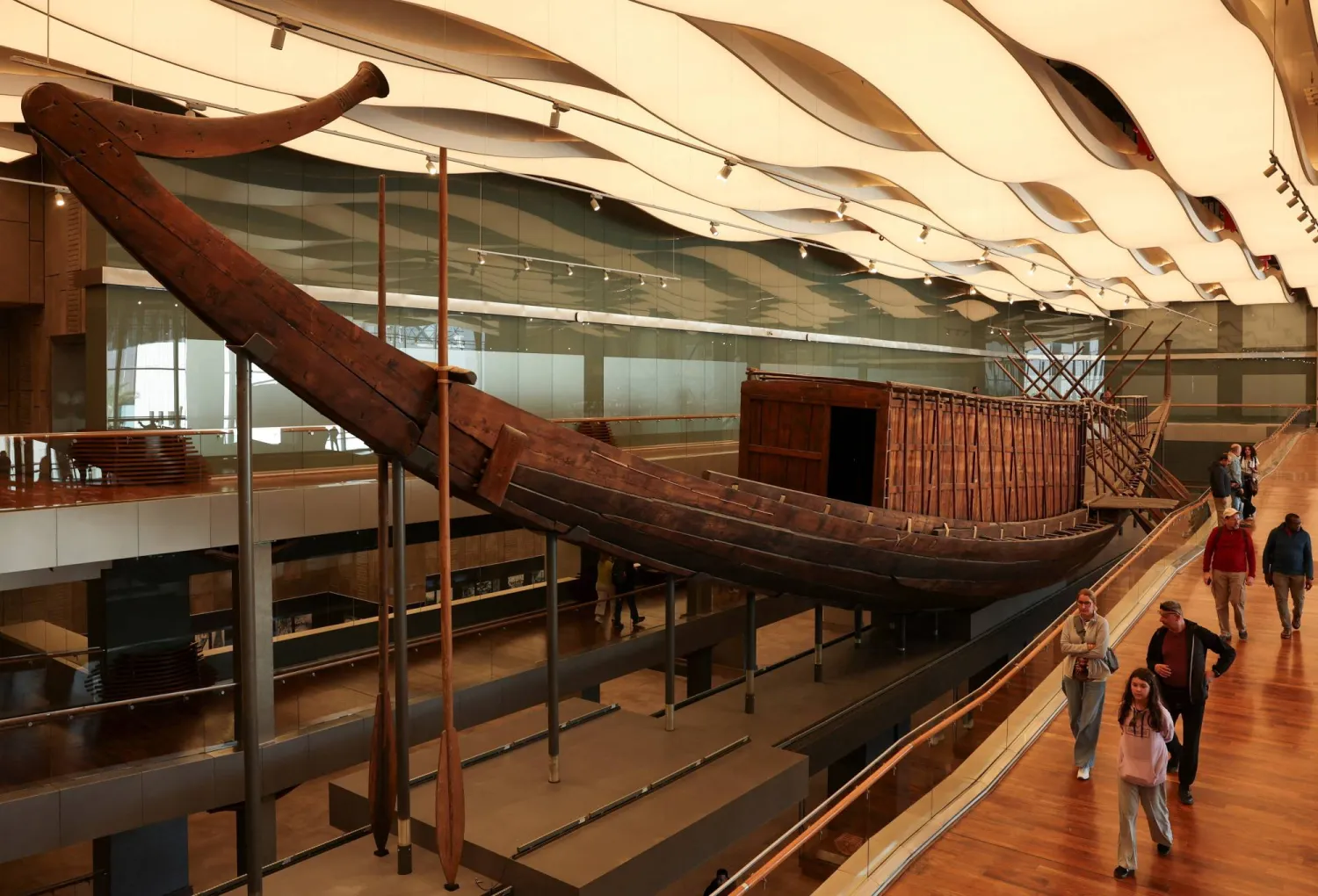A surge in demand for oud (agarwood) and incense is being witnessed in Riyadh markets in the lead-up to Eid al-Fitr. The fragrant scents play a significant cultural role in the Kingdom, deeply intertwined with Eid traditions and customs, reported the Saudi Press Agency (SPA) on Saturday.
Official data from the Zakat, Tax and Customs Authority revealed significant import volumes of oud. Between the second half of 2023 and the first quarter of 2024, the Kingdom imported 1,145,498 kilograms of oud and 1,513 kgs of oud oil.
SPA monitored commercial activity in recent days, observing a rapid rise in sales of incense, oud oil, and various perfumes as Eid approaches.
Prices vary considerably depending on the type and quality of the oud. Natural, rare oud can fetch astronomical prices, with one kilogram reaching as high as SAR400,000.
Improved oud, which has undergone treatments to enhance its aroma and appearance, such as adding essential oils, resins, or dyes to alter the natural qualities of the wood, falls within a broader range of SAR100 to SAR6,000 per ounce, depending on factors such as the quality and quantity of oil used.
These factors, in turn, are often linked to the source country in Southeast Asia. The most prominent exporters include India, Vietnam, Thailand, Cambodia, Malaysia, and Indonesia.
Highly valued oud is known for its longevity, with the scent strengthening as the wood matures.









